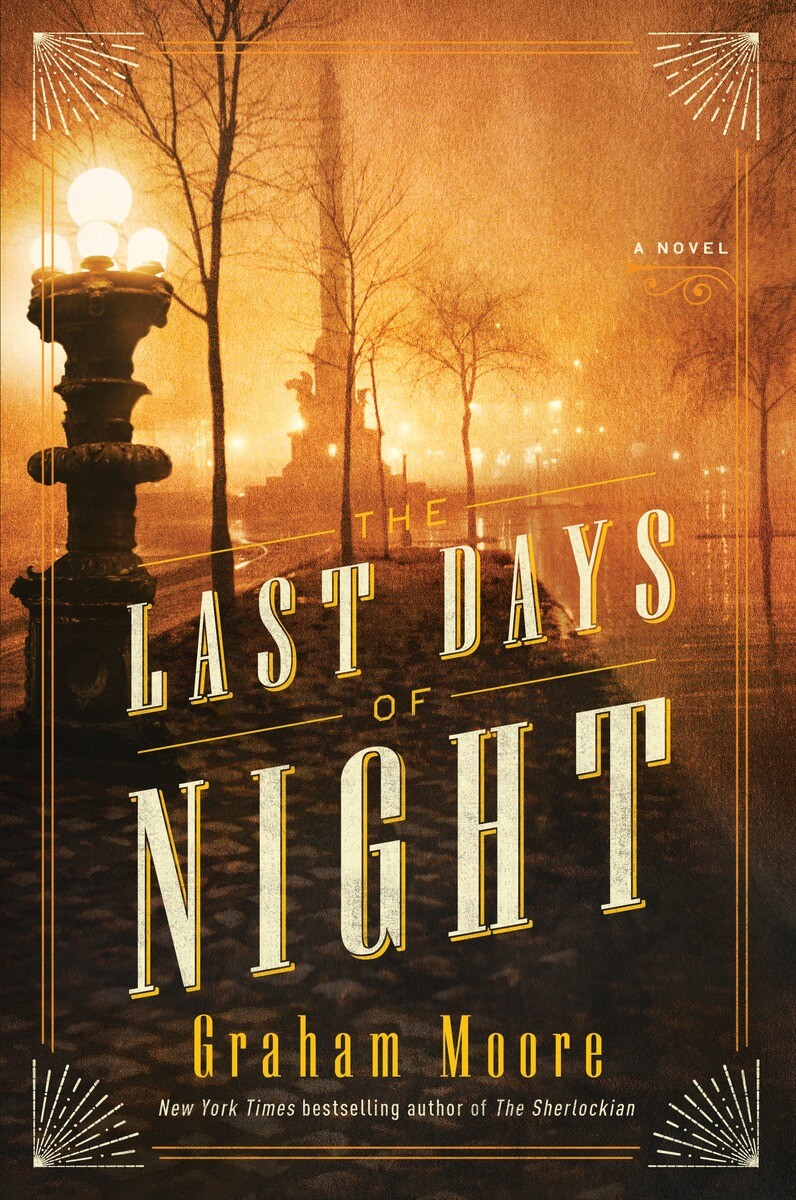
Think of some of the major recent struggles in business history—iPhone versus Android, Mac versus PC, Beta Max versus VHS—powerful companies in great conflict to dominate a market and generate great riches, power and influence.
In many ways, the struggle between the proponents of an electrical system using alternating current (advocated by George Westinghouse among others) versus a distribution system using direct current (advocated by Thomas Edison) was as big or bigger than the conflicts mentioned above. It is impossible to overstate how the emergence of electricity and light changed people’s lives. People marveled at and feared this mysterious source of energy. The stakes were high and the amount of information and dis-information was enormous.
The story of this great conflict is skillfully told in The Last Days of Night by Graham Moore. This is an excellent novel of historical fiction (soon to be a major motion picture) set in the 1880s. The story is told through the eyes of Westinghouse lawyer Paul Cravath, founder/partner of the law firm known today as Cravath, Swain and Moore. Cravath was responsible for defending Westinghouse in more than 300 patent infringement lawsuits (for his company’s light bulb design) filed by Edison and those aligned with him.
The novel weaves elements of science, business espionage and various other forms of skullduggery and intrigue with aspects of New York high society including an appearance by JP Morgan who plays a pivotal role as a major backer of Edison and the eventual founding of General Electric (originally known as Edison General Electric).
A pivotal section of the story describes how Edison and his forces convinced the New York state legislature to use an electric chair using alternating current as a method of capital punishment. This was meant to be a powerful indictment of alternating current as nothing more than a dangerous way to harm people. In a grisly passage, the scheme backfires on both Edison and the victim as repeated jolts of electricity fail to kill the man who ultimately suffers a ghastly death in front of horrified onlookers.
In addition to Edison and Westinghouse, Nikola Tesla plays a vital and major part in the novel. A brilliant and highly eccentric man from Serbia, Tesla started his career working for Edison, then worked with Westinghouse. Tesla was a driving force in the development and large-scale adaption of alternating current. The novel captures the challenges and frustrations faced by business people as they try to harness and direct the genius of people whose agendas have little to do with profits.
Anyone who wants to learn about the birth of the early electrical industry will enjoy this book.